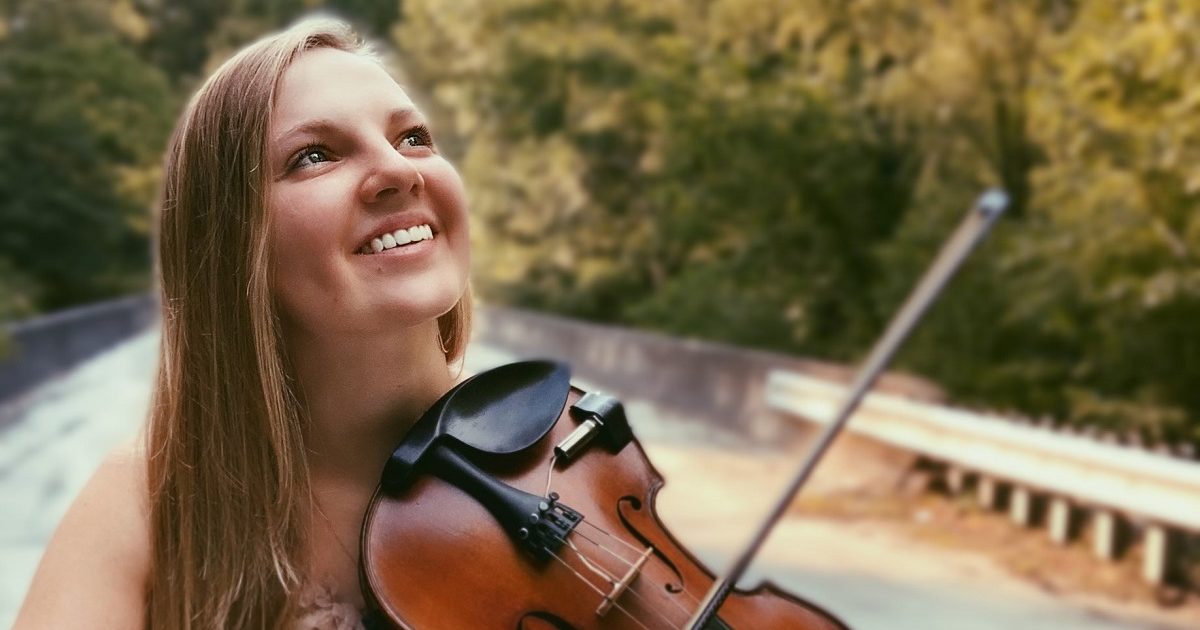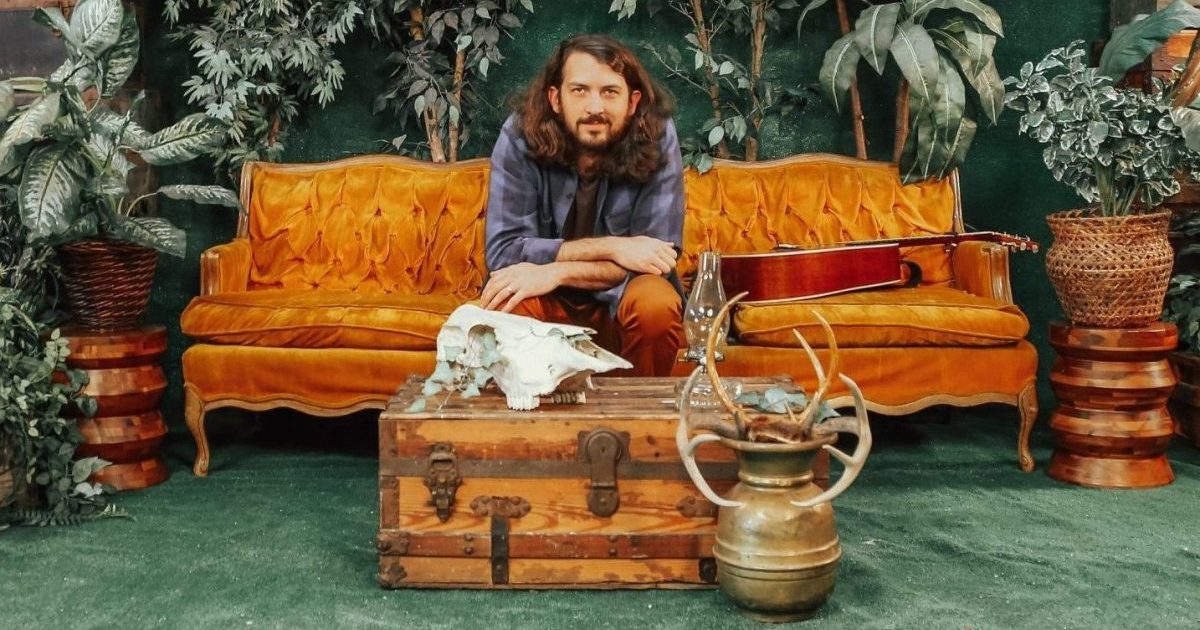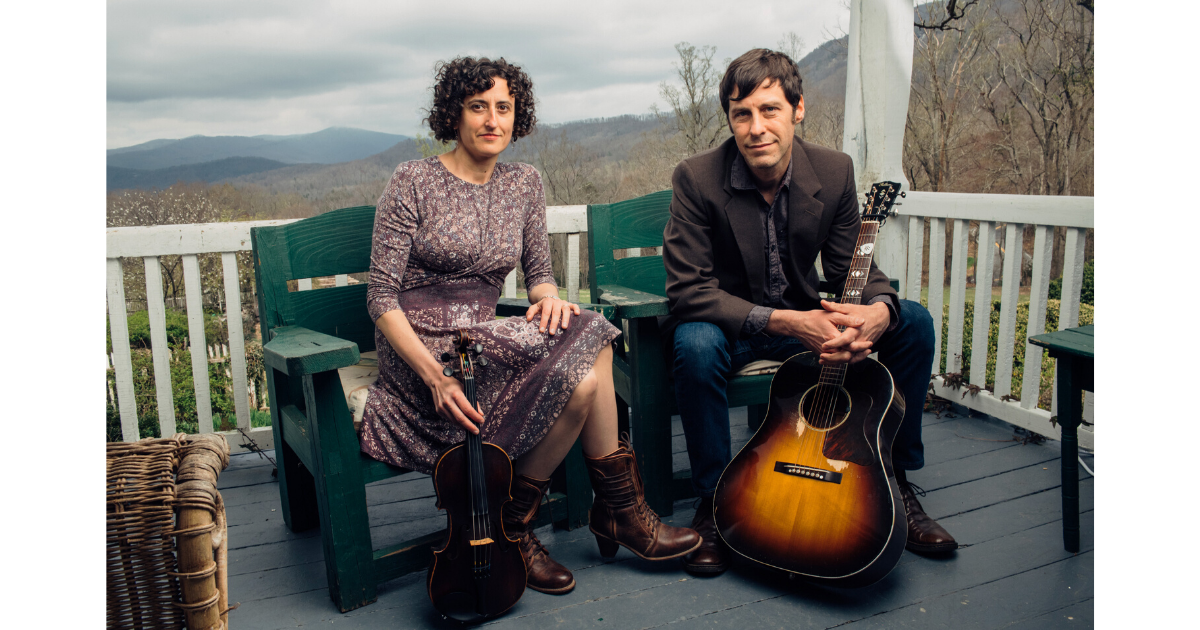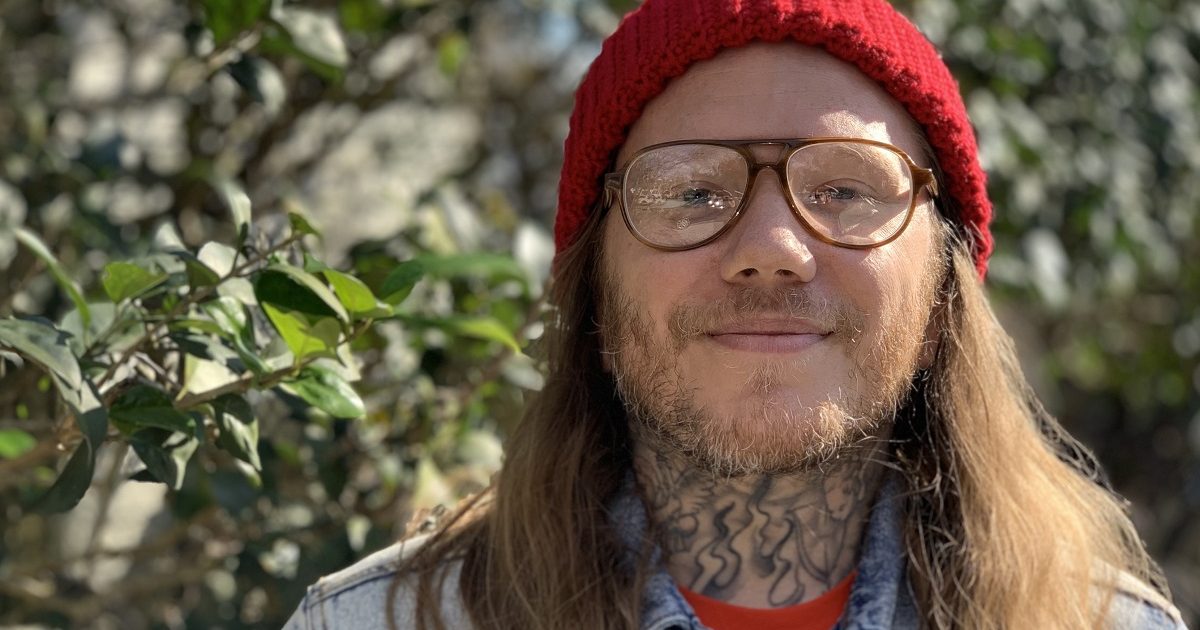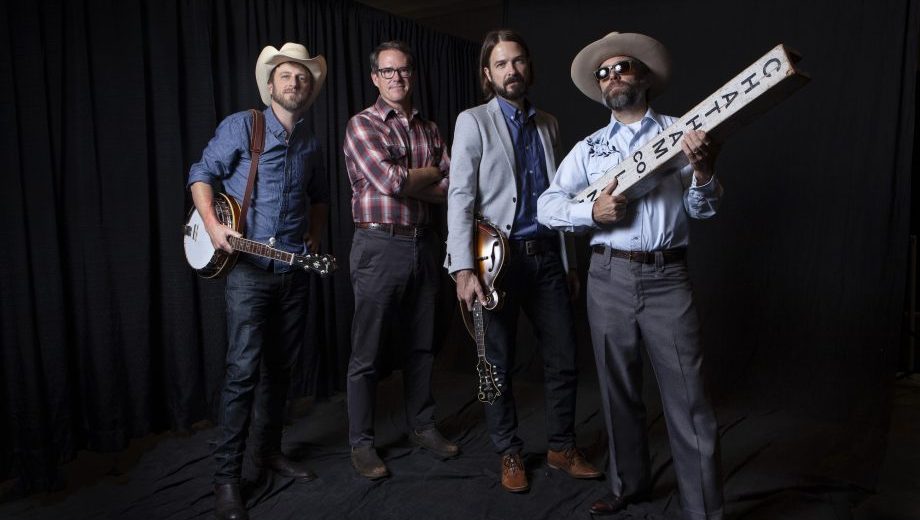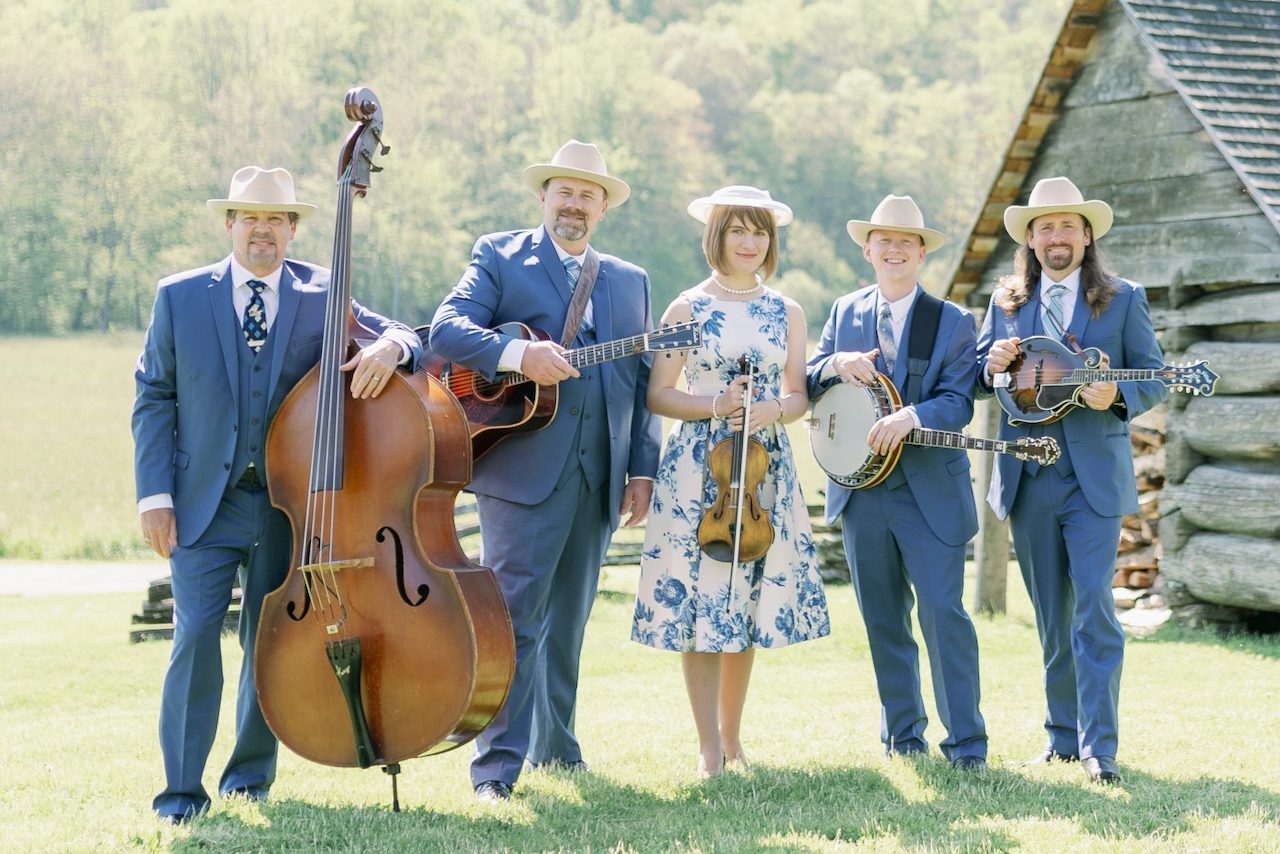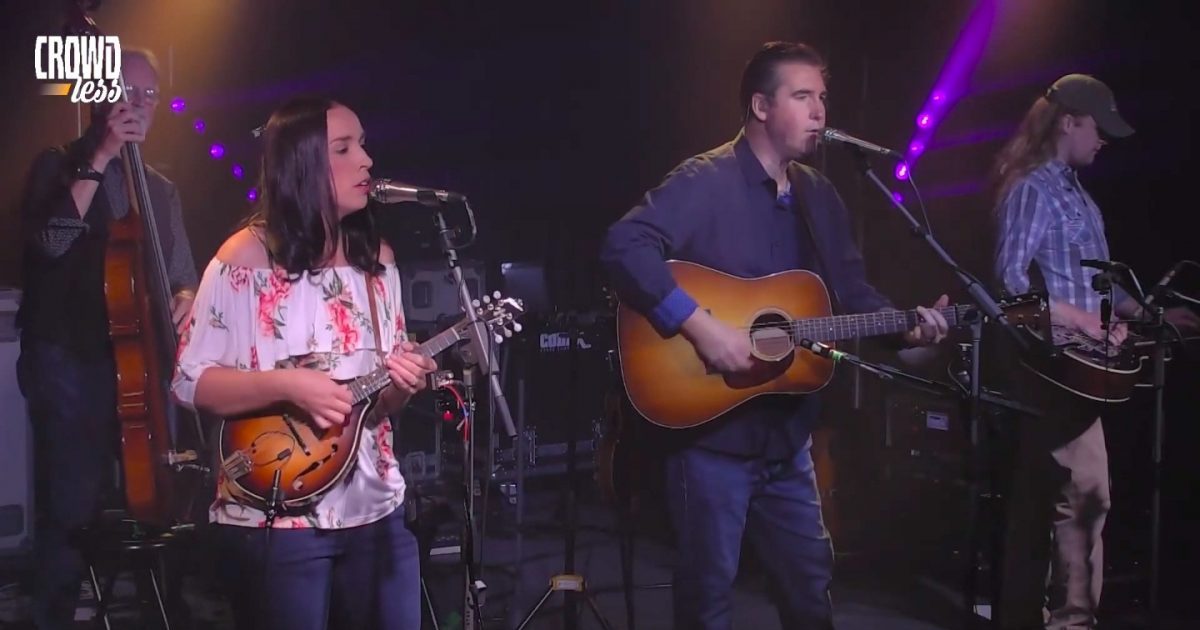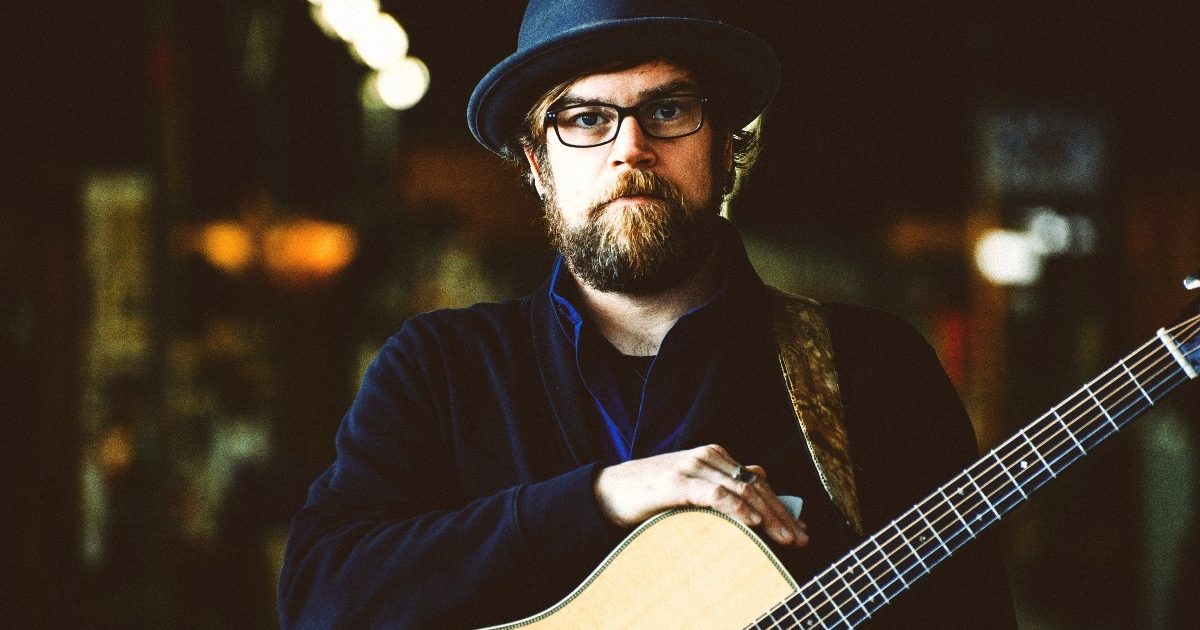Artist: Carolina Blue
Hometown: Brevard, North Carolina
Latest album: Take Me Back (August 7, 2020)
What was the first moment that you knew you wanted to be a musician?
I was in my senior year of high school. The bluegrass bug had bitten me a couple of years before and it was what I was listening to predominantly. The year was winding down and we didn’t have that much going on, class-wise, so a few of my classmates who played guitar were bringing their instruments to school almost daily and jamming whenever and wherever they could. I couldn’t play a lick at the time, but I loved it so much that I found myself wherever the music was being made. I decided then that I wanted a guitar and I wanted to learn to play it, so when graduation rolled around, I took all the monetary gifts I received and bought a Yamaha (with a neck like a 2×4!) and a chord book and the rest is history. — Bobby Powell
Which elements of nature do you spend the most time with and how do those impact your work?
When we aren’t on the road, I spend 90 percent of every day outside. Farming has always been my other passion. The past couple of years, I’ve had to drastically scale back my operation because of the amount of time we’ve been on the road. I have a cow and calf operation, I put up my own feed as well as contract fields out for other folks, I grow a very large garden to eat fresh and can our vegetables for the winter, I raise farm fresh eggs, pork and chicken, and I spend every spare minute on the back of a horse. I have a lot of time in the quiet and stillness of nature, as well as to myself with the farm and animals. It allows me to appreciate the hard work of my forefathers and to appreciate what the land gives us. I live just the way my granddaddies before me did. It also inspires me to write music about those things that I love the most. It’s evident in my songwriting that I’m passionate about the land, our heritage, and knowing that every blessing is from God. I am Southern Appalachia. — Timmy Jones
What’s your favorite memory from being on stage?
My favorite memory from the stage had to be PreddyFest 2016, in Franklinton, North Carolina. We were singing one of our original songs, “Detroit City,” written by Tim. I’m looking out in the audience and could see people singing along. What a feeling, knowing that you’re teaching folks with your music. Knowing that they’re listening enough to know it by heart gives you such a feeling of accomplishment. It was incredible! — Bobby Powell
Which artist has influenced you the most… and how?
Anyone who has listened to my style for about five seconds can tell that I’m heavily influenced by Bill Monroe. Bill was the first real bluegrass that I ever heard. His high tenor voice and unique technique… I was completely enamored. Still am. I strive every time that I take my mandolin out of the case to honor what he started, but to include some of my own style in order to keep it fresh. It goes hand in hand that I would also be influenced by Mike Compton. Mike is a prodigy of Monroe. I was never fortunate enough to meet Bill in person, but I feel like Mike is without a doubt the next closest thing to Bill himself. He has been so kind to encourage my playing and to teach me on great levels! I feel like it would be a great injustice to not also mention Ronnie McCoury here. I appreciate these three mightily. — Timmy Jones
What’s the toughest time you ever had writing a song?
The toughest song I’ve ever written has got to be “Number 73987,” a co-write with Tim that’s on our forthcoming Billy Blue Records album. There have been tons of songs written and recorded about Bill Monroe (our hero) since his death in 1996. We wanted to honor him with this song and we wanted a totally different approach, something that had never been done before. I brought the idea to Tim about writing a song about Mr. Monroe’s famous mandolin, telling the story from the perspective of the instrument. Man, it was tough to write! We wrestled with it for a while, really wanting to do the song (and mandolin) justice, and finally got it finished. The recorded result is better than I could have ever hoped for. Tim really sang the fire out of it! I can’t wait for everyone to hear it! — Bobby Powell
Photo credit: Corey Johnson
